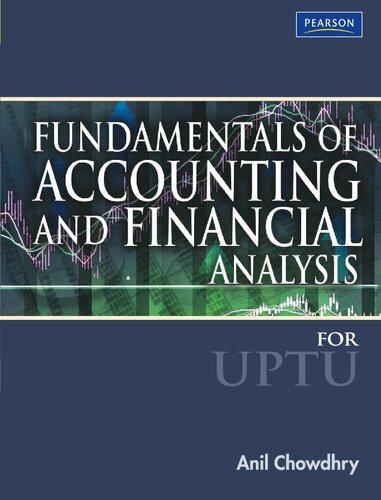Question
The medium-run equilibrium is characterized by four conditions: - Output is equal to potential output (Y=Y n ) - The unemployment rate is equal to
The medium-run equilibrium is characterized by four conditions:
- Output is equal to potential output (Y=Yn)
- The unemployment rate is equal to the natural unemployment rate (u=un)
- The real policy interest rate is equal to the "natural" rate of interest (the one that makes aggregate demand equal to potential output).
- The expected rate of inflation is equal to the actual rate of inflation.
(a) Assume that the level of expected inflation is formed in such a way that this year's expected inflation is equal to last year's inflation:
e=t-1
(a) What is the behavior of the rate of inflation in a medium-run equilibrium?
Select one:
a.it will be increasing or decreasing depending on the value of the natural interest rate.
b.it will not change, meaning that the price level remains constant year after year.
c.it will be constant and equal to an exogenous constant, that does not depend on past inflation.
d.it will not change: the value of inflation is simply equal to its value in the previous period.
(b) Now assume, instead, that the level of expected inflation is equal to an exogenous constant:
e=
What is the behavior of actual inflation in the medium-run equilibrium?
Select one:
a.It is constant, and equal to its previous period.
b.inflation is increasing at a rate equal to 
c.it is increasing or decreasing, depending on the value of the "natural" rate of interest
d.It is stable and equal to the exogenous constant, 
(c) Imagine that the economy is in a medium-run equilibrium. Assume that expected inflation is equal to past inflation
e=t-1
In this situation, the Government decides to increase public spending (G), while leaving taxes unchanged. How will macroeconomic variables react to this fiscal expansion?
Select one:
a. output will decrease; the unemployment rate and nominal wages will remain the same (equal to the values determined by the WS-PS model); the inflation rate will start decreasing year after year.
b. output will increase; the unemployment rate and nominal wages will remain the same (equal to the values determined by the WS-PS model); the inflation rate will start increasing year after year.
c. output will increase; the unemployment rate will decrease; the growth rate of nominal wages and the inflation rate will start increasing year after year.
d. output will increase; the unemployment rate will decrease; nominal wages will remain the same; the inflation rate will start increasing year after year.
(d) How must the Central Bank react to the increase in G, in order to ensure that the economy sticks to the medium-run equilibrium?
Select one:
a.it must increase taxes.
b.it must do nothing: output is already equal to potential output.
c.it must increase the interest rate.
d.it must ensure that the interest rate remains unchanged.
e.it must decrease the interest rate.
Step by Step Solution
There are 3 Steps involved in it
Step: 1

Get Instant Access to Expert-Tailored Solutions
See step-by-step solutions with expert insights and AI powered tools for academic success
Step: 2

Step: 3

Ace Your Homework with AI
Get the answers you need in no time with our AI-driven, step-by-step assistance
Get Started


